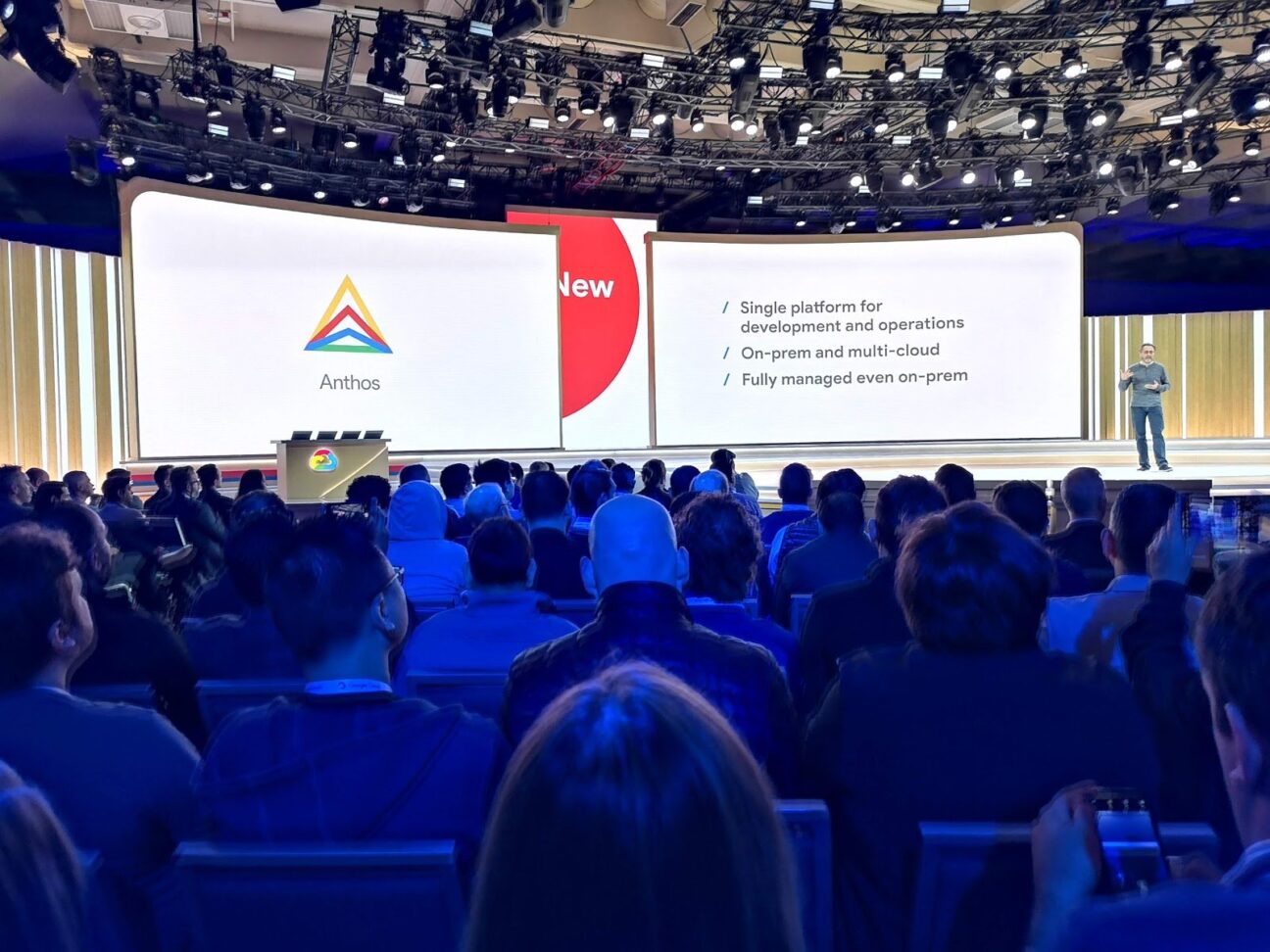This week, it’s been exactly one year since Google Cloud announced the general availability of Anthos. Anthos is Google’s open hybrid and multi-cloud application platform that allows organisations to modernise their existing applications, build new apps and run them anywhere in a secure way. On April 9th 2019, during the yearly Google Cloud flagship event Google Cloud Next in San Francisco, the world came to know this new platform. It was and is a game changer for organisations to accelerate and modernise their application development. In this blog I’ll highlight the trajectory that this exciting technology has made in the past year.
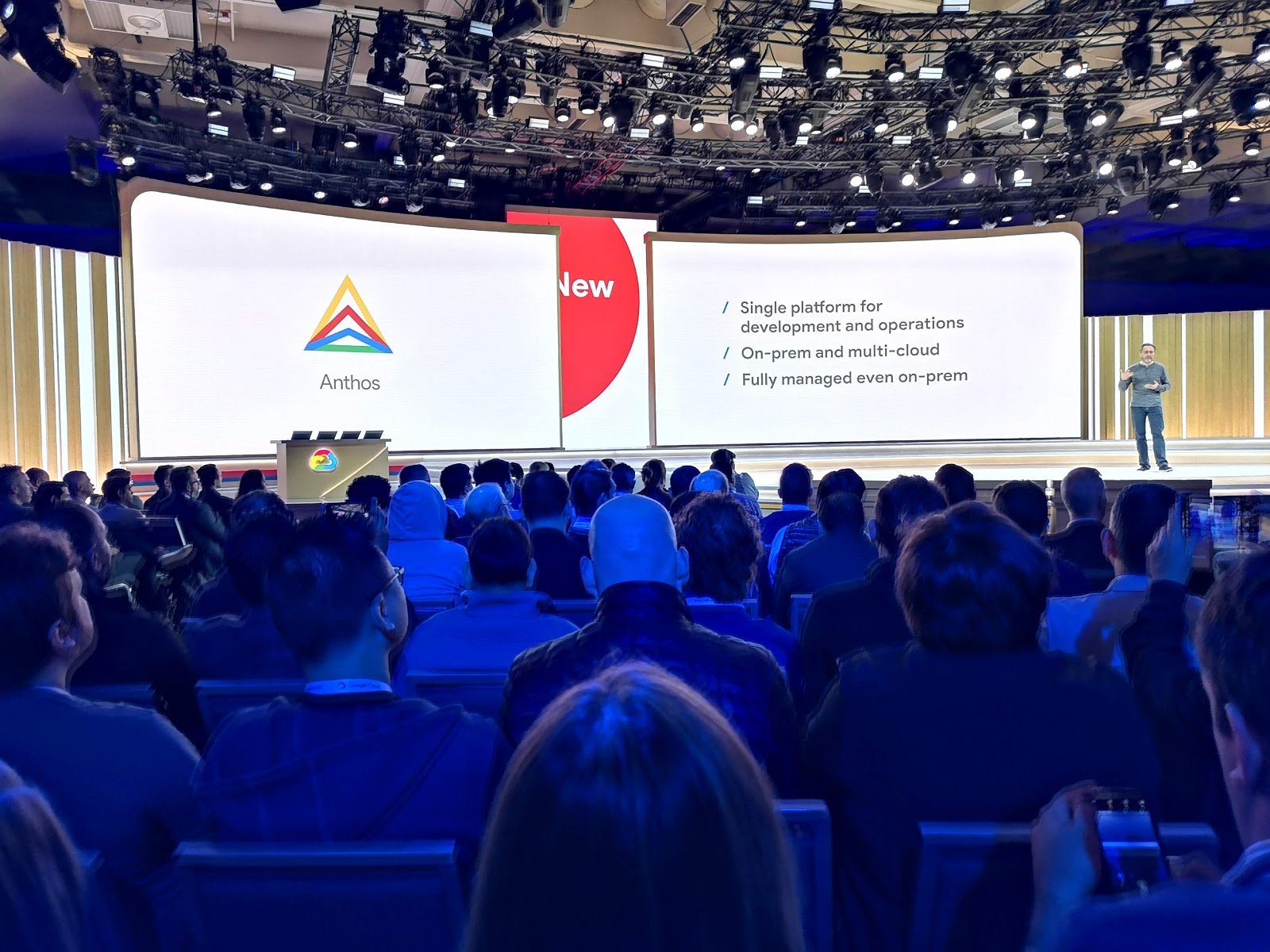
There is no Google Cloud Next 2020 in San Francisco planned yet due to the coronavirus crisis. That makes it uncertain if big announcements and product updates about Anthos and other Google Cloud technologies will still be made this year. Last year, at Google Cloud Next 2019, definitely one of the biggest announcements was the introduction of Anthos that became generally available.
Expectations of the industry were high for this unique new platform that offers organisations a unified control plane and service delivery across cloud environments—managed cloud and on-premises. Core components of Anthos are Anthos GKE, Anthos Config Management & Anthos Service Mesh. Anthos lets organisations automate their infrastructure and save money by optimising cloud costs and reducing management overhead, for applications wherever they may be. Watch our Anthos On-Demand webinar to get the full introduction.
So where do we stand today with Anthos?
Results & ROI for businesses
First of all, let’s take a look at what Anthos was able to bring to the table for a lot of businesses in the course of the last year. Is this new technology platform bringing any cost savings to Anthos customers? Is application modernisation with a hybrid or multi-cloud approach bringing enough ROI to businesses that work with Anthos to do so?
ROI Impact
The answer is unmistakably: yes it does. For that, we can take a look at a study conducted by Forrester, the commissioned Forrester Consulting Total Economic Impact™ study. The results are indicating big results for customers who adopt Anthos. Numbers indicate up to 4.8x return on investment for Anthos customers.
This fantastic cost saving number is based on the savings coming from several IT costs, amongst others:
- ongoing license and support costs
- incremental savings from operations, where Anthos can:
- reduce the time spent on platform management by 40% to 55% across both on-prem & cloud environments
- bring 58% to 75% faster app migration and modernisation
- save 60% to 96% of the time of security operators spent on deployment-related tasks
- savings on developer productivity
- Anthos can reduce non-coding time by 23% to 38%
That’s not all. Anthos also helps with enhancing your customer experience, which can result in higher sales & revenue numbers. One way it’s doing that is by reducing application downtime by up to 20% to 60%. Such app downtime is very frustrating for customers, which you can avoid by using Anthos.
Anthos Customers
In the one year of its existence Anthos was being adopted by several large enterprise customers across the globe who brought the advantages of Cloud, containers and microservices to their apps -; like Siemens, Keybank, HSBC, Kaeser Kompressoren SE and Denizbank.
This brings about some very positive and interesting customer stories. One of our favourite ones is the one of an Anthos customer in the financial services industry, a typical more traditional industry that often struggles with modernisation. For this particular customer, rolling out new features and updates to their core banking application used to take at least a quarter. With Anthos, this customer expects to go to a weekly roll out instead.
Bye bye months of development and release cycles, with a 13x improvement on time to market as a result for this Anthos customer.
Note: all the results above come from New Technology Projection: The Total Economic Impact™ Of Anthos, a commissioned study conducted by Forrester Consulting on behalf of Google, November 2019.
Expansion of the Anthos capabilities
In one year time, there were several announcements by Google Cloud concerning the expanding capabilities and improvements of Anthos and Anthos-related solutions. Here is a chronological overview of the most important ones.
September 2019
Anthos Service Mesh & Cloud Run for Anthos
A few months after the official GA announcement at Google Next in April, Google Cloud immediately announces important new capabilities for Anthos in September 2019.
The most important ones are:
- Anthos Service Mesh: a capability that connects, manages & secures microservices. Using a service mesh makes moving from a monolithic application to large numbers of microservices easier, as it adds an abstraction layer and provides a uniform manner of connecting, securing, monitoring and managing microservices.
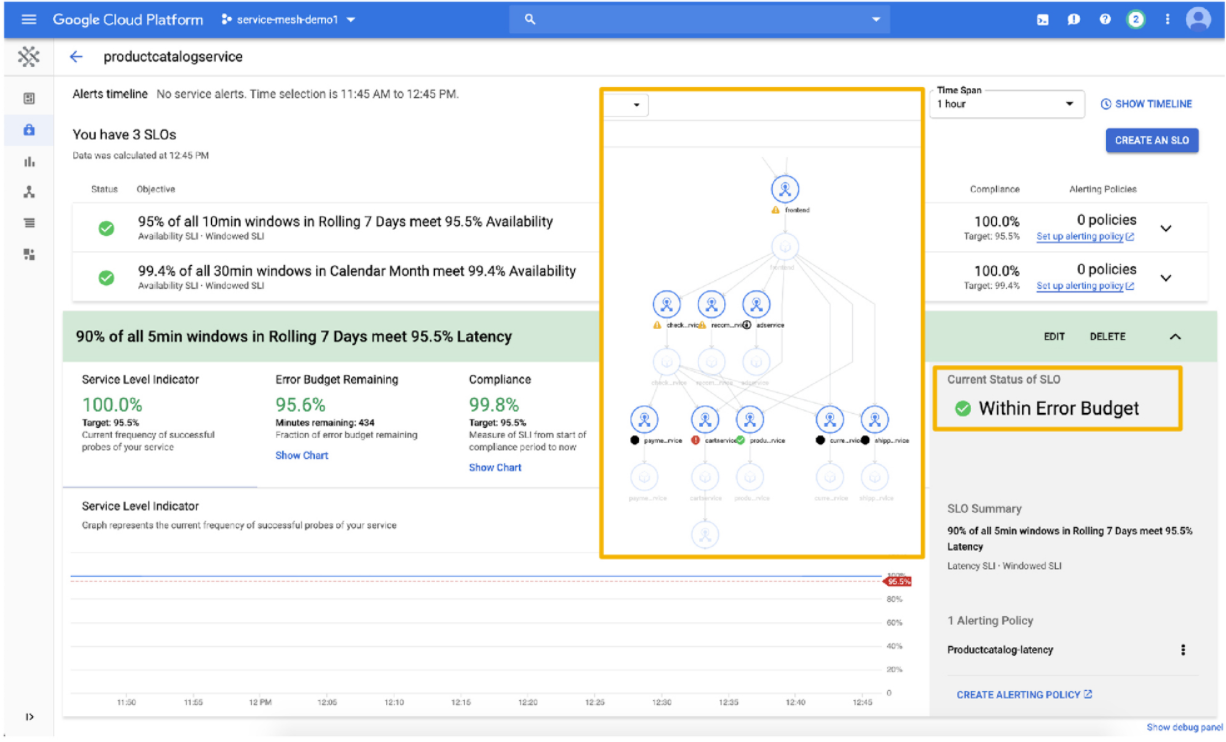
- Cloud Run for Anthos in beta: a capability that allows you to run stateless workloads on a fully managed Anthos environment easily, bringing the serverless experience across on-prem and cloud.
- New organisation-specific policy functionalities for Anthos Config Management: allowing you to automate and enforce organisation policies easily
- Binary authorisation in Anthos will be exclusive to Anthos GKE: this makes sure that only validated, verified images can integrate into the managed build-and-release process
Soon, Cloud Run & Cloud Run for Anthos would become generally available.
November 2019
Migrate for Anthos
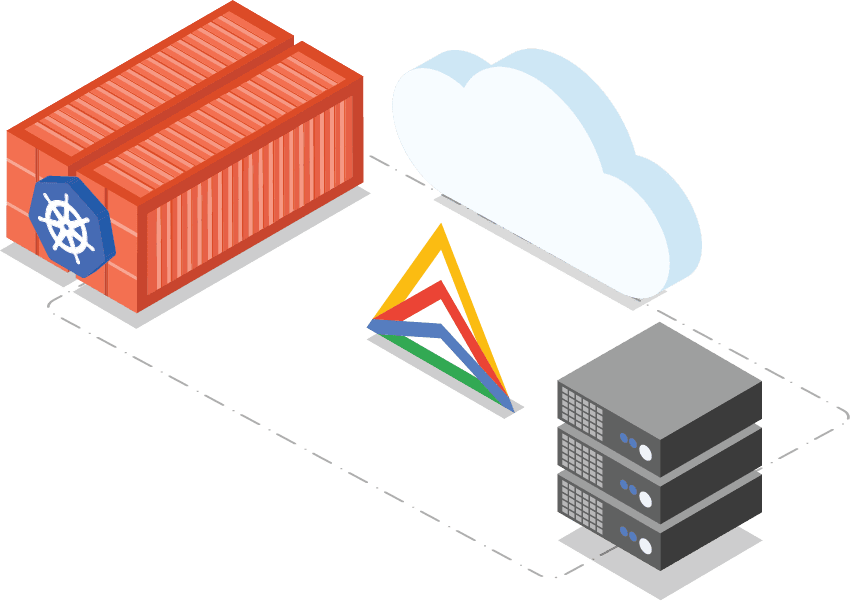
November 2019 was the month of the Anthos general availability announcements for Google. Also generally available as from November was Migrate for Anthos.
Migrate for Anthos makes it easier for Anthos customers to migrate to the Cloud and at the same time, modernise their infrastructure with containers. It allows Anthos users to turn physical servers or virtual machines from different sources (Azure, AWS, on-prem or Google Compute Engine) directly into containers in Anthos GKE. And it does it fast and easy, without many manual actions nor specialised training required.
Advantages of moving workloads to containers in Anthos GKE are amongst others a lower OS-level management & maintenance, increased efficiency in resource utilisation and access to integrated services from Google Cloud that bring the benefit of innovation to your fingertips. Examples are data analytics, advanced business insights, AI & ML, etc.
November 2019
Apigee hybrid: API-first, Hybrid API management
In the same generally available announcement row came the GA of Apigee Hybrid, a capability that gives organisations the ability to deploy their API runtimes in a hybrid environment.
For that, Anthos customers can use Cloud-based Apigee functionalities, like dev portals, analytics and API monitoring.
“Apigee hybrid can be deployed as a workload on Anthos, giving you the benefits of an integrated Google Cloud stack, with Anthos’ automation and security benefits.” -Google Cloud Blog, November 2019
November 2019
Easier Kubernetes development with Cloud Code
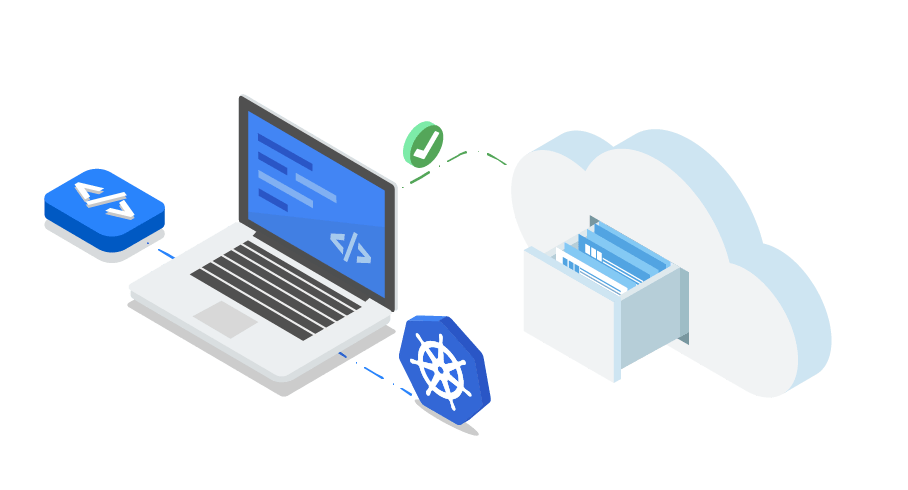
Last and certainly not least in the application modernisation product announcement chain of November 2019 was the general availability of Cloud Code. With Cloud Code, developers can write, debug, and deploy code to Google Cloud or any Kubernetes cluster. They can do this via extensions to their favourite Integrated Developer Environments (IDEs) such as Visual Studio Code and IntelliJ.
With Cloud Code, for developers working with Kubernetes feels like working with a local application. This allows to keep the value of investment of configuring tools to their own specific needs.
“In addition, Cloud Code speeds up development against Kubernetes by extending the edit-debug-review “inner loop” to the cloud. You get rapid feedback on your changes, ensuring that they’re of high quality. And when it comes to moving code to the production environment, Cloud Code supports popular continuous integration and delivery (CI/CD) tools like Cloud Build.” – Google Cloud Blog, November 2019
A great functionality of Cloud Code is that a deep understanding of Kubernetes is not needed to diagnose issues, because debuggers and cluster-wide logging are connected so you can all address them right from your favourite tool.
November 2019
Cloud Run & Cloud Run for Anthos: Simplifying the developer experience
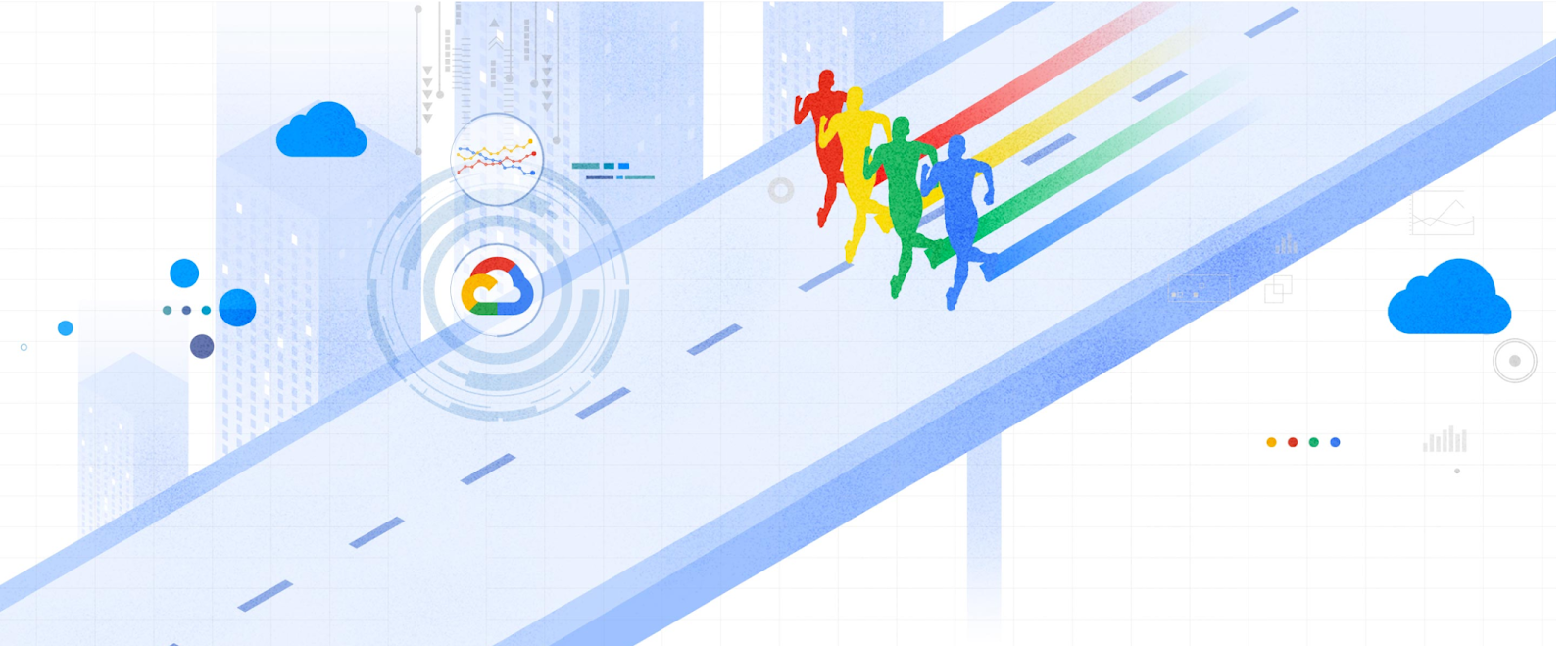
A big announcement in November 2019 was indeed the general availability of Cloud Run and Cloud Run for Anthos, managed Knative-based services. Both application development tools were built to help developers simplify the creation of apps for containers and Kubernetes. All while incorporating security and compliance in the pipelines and scaling up and down with ease. Even scaling down to zero is possible depending on traffic, resulting in the fact that you only pay for what you use.
“Cloud Run is possible, in part, through our longstanding commitment to open source. We started Knative more than a year ago to help developers more easily write serverless applications on top of Kubernetes. … By bringing these learnings to Cloud Run, we aim to bring the serverless developer experience to your Kubernetes cluster anywhere. “ – Google Cloud Blog, 14 November 2019
Cloud Run is a managed compute platform on Google Cloud that lets you run serverless containers on a fully managed environment or on Anthos. Cloud Run for Anthos brings the serverless developer experience to Anthos managed clusters, allowing developers to enter a serverless compute platform, to write serverless apps more easily and deploy them to the Anthos cluster. They don’t have to learn Kubernetes concepts first. At the same time, their organisation can modernise its on-premises environment with Kubernetes.
With the announcement of GA of the Knative-based Cloud Run services, Google Cloud expressed their explicit commitment to Knative, which brings workload portability and serverless to Kubernetes clusters in the Cloud and on-prem. Wherever they may be. Cloud Run is based on this open API and runtime environment.
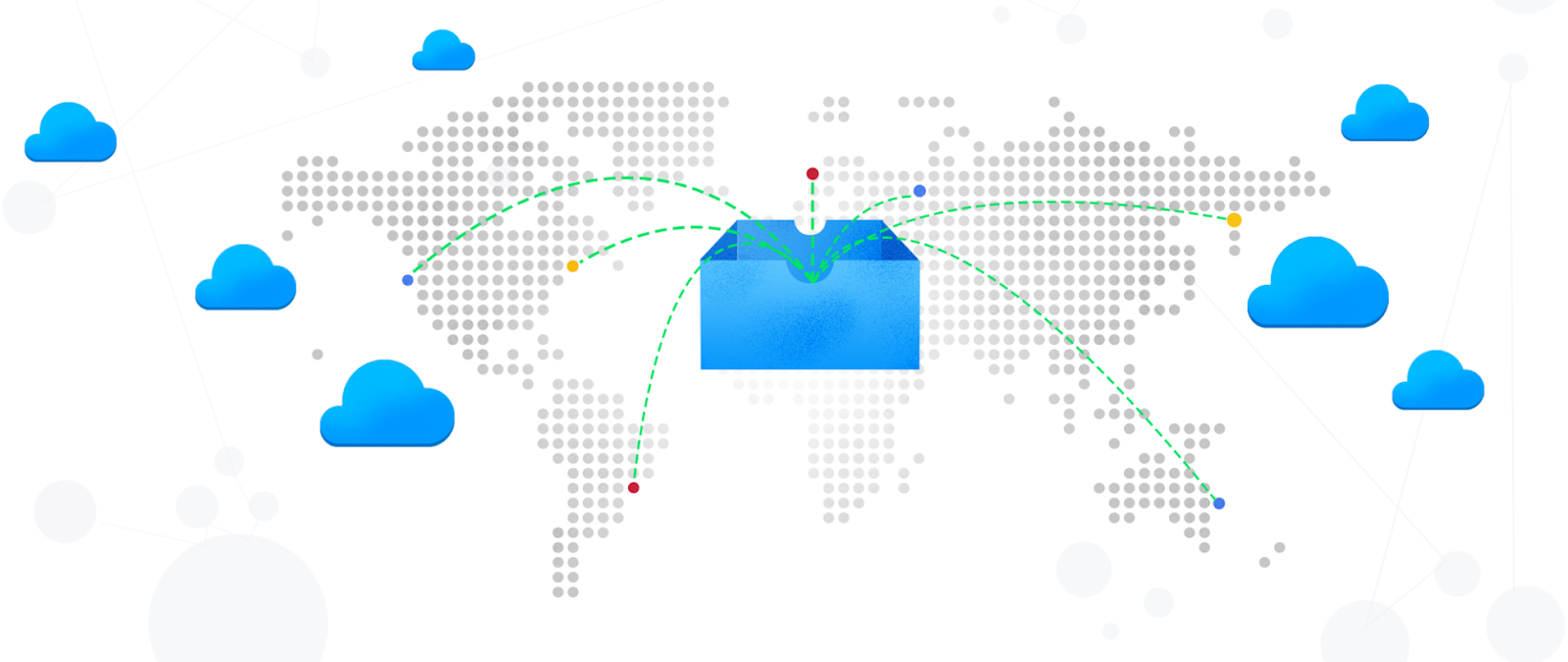
December 2019
Cloud Run & Cloud Run for Anthos GA
In December 2019, Google came with an update of Cloud Run capabilities. It announced several new features and improvements, including better networking and auto scaling capabilities. With these improvements, it got easier to deploy and operate microservices in a serverless way on Anthos GKE clusters.
Here’s a short overview of what was new to Cloud Run:
- Traffic management: Cloud Run for Anthos is now able to route each request or RPC in a random way between multiple revisions of a service with the traffic percentages you configure. Use this functionality for example to execute ‘canary deployments’, in which you send first a small percentage of your traffic to a new version of your app to see if it performs correctly. If it does, you can gradually increase the traffic.
- Deployment of Cloud Run to on-premises clusters deployed on VMware: this makes it possible to have the same serverless developer and operator user experience in both environments.
- Support for Kubernetes Secrets and ConfigMaps
- Network & auto scaling parameters precision at per-revision level
- Generally available Integration with Stackdriver Monitoring: this exposes metrics from the services you have deployed on Stackdriver Metrics, or directly on the “Metrics” tab of the service’s Cloud Run page.
- Optional Istio add-on for Cloud Run for Anthos: Cloud Run itself now includes select components of Istio. The full version of Istio can still be used together with Cloud Run to access cluster-wide traffic policies. Also to use the Anthos Service Mesh dashboard it’s still a great complementary tool to get a single visibility to services in your cluster
Good to know: you can still try out Cloud Run for Anthos on Google Cloud with a free trial that doesn’t charge beyond the cost of GKE – until 14th of May 2020. Go here to know more about this free trial & pricing.
November 2019 & March 2020
Istio 1.4 & 1.5 make life easier for Anthos Service Mesh users

Istio 1.4
The fourth release of Istio in November 2019 was particularly relevant for Anthos Service Mesh users. Istio 1.4 meant a significant usability and performance enhancement for these Anthos users, with a few updated capabilities.
“Much of the work we are doing in open source Istio comes from what we’ve learned working with users of Google’s Anthos and Anthos Service Mesh, the hybrid application deployment platform and Istio-based service mesh that we released earlier this year to help enterprises monitor, secure and manage traffic in complex deployments.” – Google Cloud Blog, 22 November 2019
A simpler architecture brought about a decreased CPU footprint, with Istio’s Envoy proxies sending telemetry to Prometheus or Stackdriver without first installing, running and scaling Mixer instances. This was a very welcome upgrade for Anthos Service Mesh users.
Another advantage of Istio 1.4 is that it helps Anthos customers to enforce access policies, because Google redesigned Istio’s authorization API’s. They are now simpler and easier to use for Anthos Service Mesh users. That was not the only simplification upgrade in this version of Istio: Google also made it easier for operators to install & upgrade Istio, with easier to configure options in the Kubernetes Operator mechanism.
Istio 1.5
Even more recently, on 5th of March 2020, Istio 1.5 was released, with as an important new capability that mTLS is now by default enabled. This means that as of Istio 1.5, you can rely on secure communication by default throughout your entire service mesh.
March 2020
Kubeflow 1.0 Release
More recently at the beginning of March, Google released Kubeflow 1.0, allowing organisations to run ML workflows on Anthos across environments.
“Using Kubeflow on Google Cloud’s Anthos platform lets teams run these machine-learning workflows in hybrid and multi-cloud environments while taking advantage of Google Kubernetes Engine’s (GKE) enterprise-grade security, autoscaling, logging, and identity features.” – Google Cloud Blog, March 2020
Anthos and hybrid Cloud Training & certifications

In January of this year, Google announced a few new training options and certifications to get with regards to Anthos. Taking such certification will ensure you’re fully able to work with Anthos and to get the most out of the technology for your organisation.
There is the new learning specialisation, Architecting Hybrid Cloud Infrastructure with Anthos. This specialisation exists out of 3 courses that can be followed on-demand or in a classroom setting, all designed to show how you can use the Anthos platform technologies to transform your IT environment. It builds on the previous Architecting with Google Kubernetes Engine (GKE) learning specialisation.
To get this specialisation, you should already have extensive hands-on experience with Kubernetes.
Next to this specialisation, Google also launched a Google Cloud Certified Fellow program, a very special and invitation-only certification program for tech leaders that have expertise with Anthos.
With the frequent announcement of new capabilities, customers and training for Anthos, Google Cloud makes it clear that it’s continuously investing in this technology that makes it easier for enterprises to make a move to the Cloud – gradually. We’re very excited to see what the next year will bring for Anthos and for hybrid and multi-Cloud!
Interested to know more about Anthos? Check out our Get Started with Anthos track!
